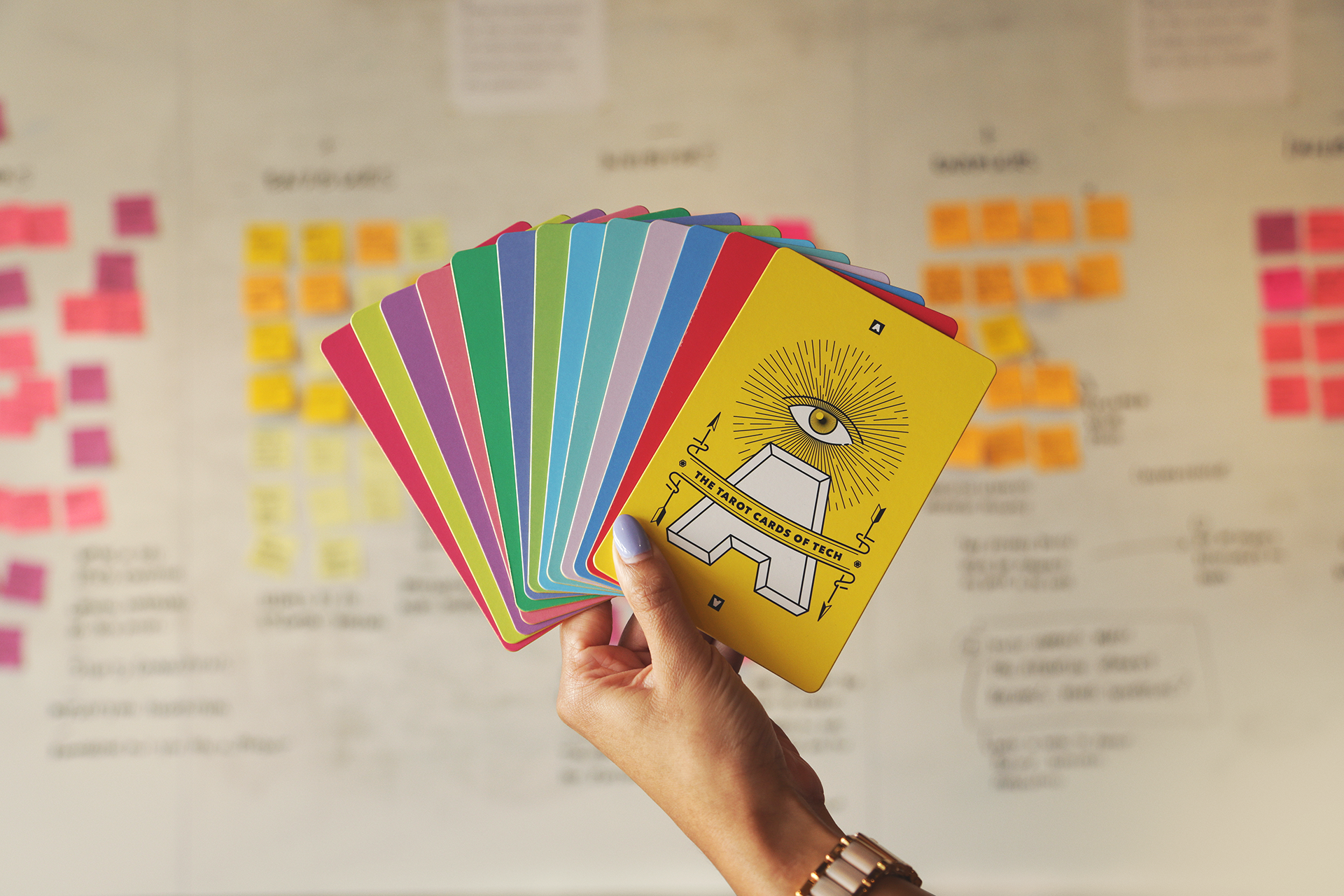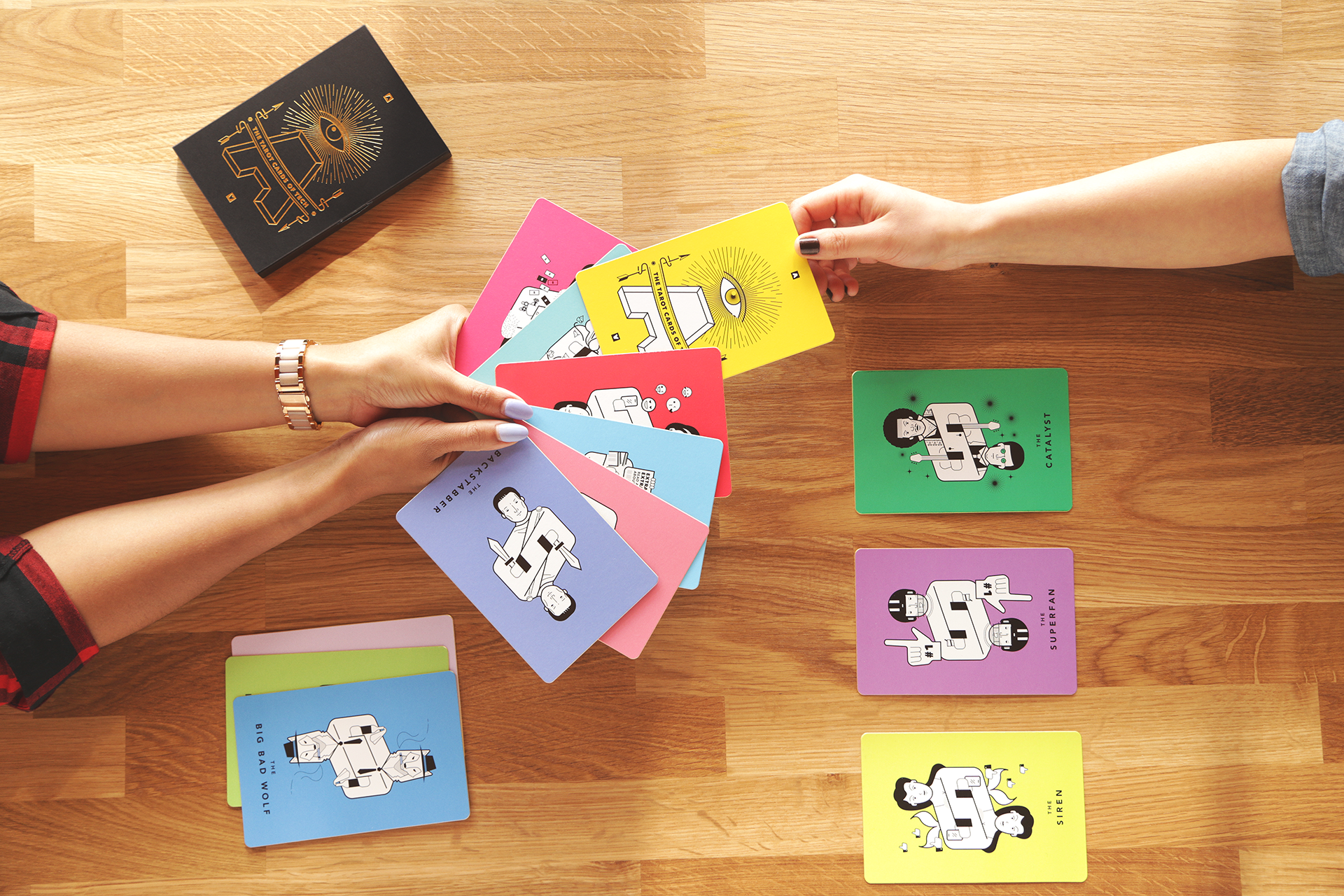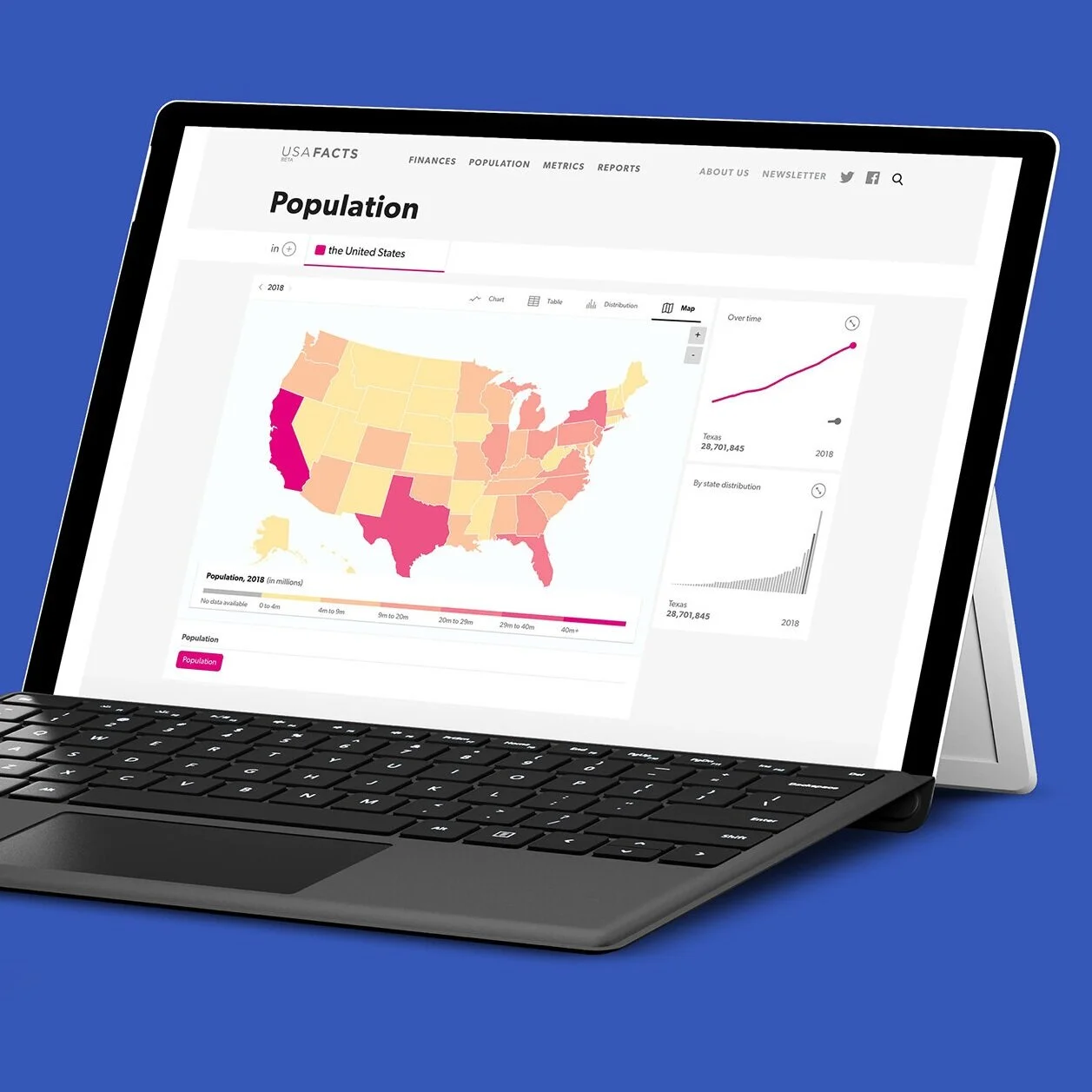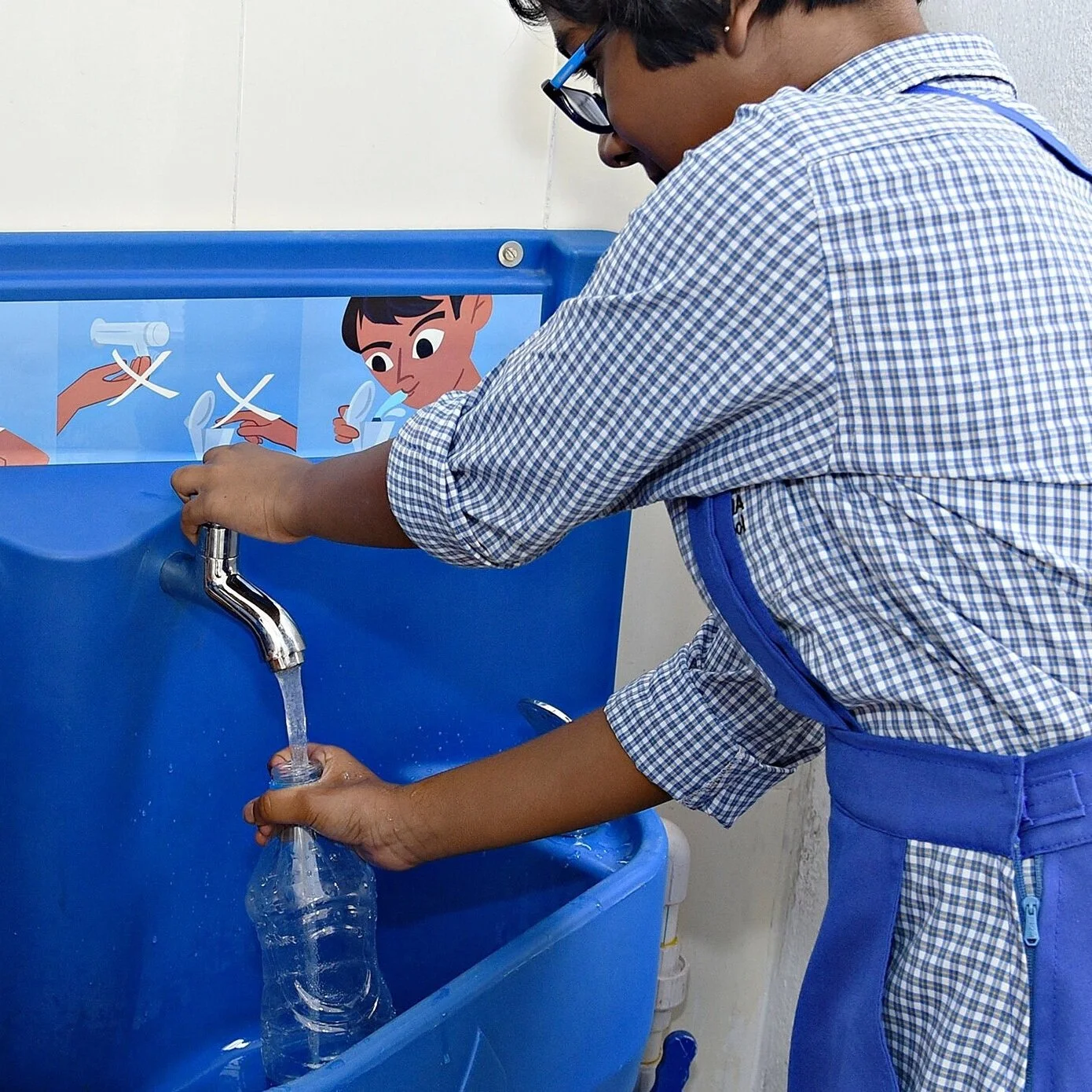
Creating a design services offering around positive impact
I helped Artefact define and implement “Responsible Design,” a differentiated design services offering focused on positive impact.
Responsible Design builds off of the strong foundation of Human-Centered Design by expanding the definition of stakeholders to include not only users but others impacted by a product or policy, the commons, society as a whole, and even the planet.
Designing for positive impact had long been a shared aspiration at Artefact, but two trends in the late 2010s compelled the design firm to fully focus on creating a differentiated offering and methodology around it:
The negative consequences of 21st century technology development—e.g. the effects of social media on political polarization, the gig economy as a contributor to income inequality, delivery services and the environment, etc.
The commoditization of UX and product design services as firms moved design in-house
I helped develop “Responsible Design” at Artefact, playing a role in…
Defining the business offering by understanding client sentiment and demand
Developing the methodology—tools, methods, and mindsets for practitioners
Transforming the organization by teaching skills and competencies to designers at Artefact

“In an age when tech giants and startups alike are expected to ‘move fast and break things,’ the Seattle design and innovation studio Artefact is encouraging folks to slow down and ask the right questions. And they’re doing it with a creative set of cards called the Tarot Cards of Tech.”
Engaging business leaders to understand the demand for Responsible Design
We saw evidence of demand in movements related to ethical technology, the circular economy, healthcare, design for social change, and elsewhere. Even so, creating an offering required that we understand prospective clients’ appetite for it. We needed to better gauge whether these ideas were becoming mainstream, and whether firms were investing time and resources in these initiatives as a path toward corporate purpose and/or stakeholder capitalism.
I produced a survey of 50 leaders from organizations including Google, Salesforce, Eli Lilly, Hyundai, and the Bill & Melinda Gates Foundation on the state of Responsible Design in their organizations and industries in order to answer these questions, and to better understand potential barriers to change.
In addition to the survey responses informing how Artefact would build its offering, the process of developing the survey itself evolved into an exercise in defining Responsible Design more precisely with Artefact’s leadership team in order to ask the right questions about it.
Developing methods and mindsets of Responsible Design: The Tarot Cards of Tech
I worked with others at Artefact to create a Responsible Design toolkit, pulling from a variety of methodologies including human-centered design, systems thinking, outcome-focused thinking, and strategic foresight.
To introduce the central idea of Responsible Design to Artefact, clients, and the broader community of designers and technologists, we needed to take a very heavy topic—recognizing the dire consequences of the products we design— and package it in a simple, accessible way.
The Tarot Cards of Tech is a tool to facilitate conversations amongst product teams and organizations around the true impact of technology and the products we design. They encourage creators to think about the outcomes technology can create, from unintended consequences to opportunities for positive change.
The Tarot Cards of Tech were borne out of an internal tool I developed to better facilitate conversations around outcomes with project teams and clients. I collaborated with our marketing team to transform that tool into the hyper-accessible, publicly-available package it is today.
The Tarot Cards of Tech have been downloaded thousands of times, and they’ve been translated into Italian and Spanish by others.
Dozens of organizations have used them, including: Google (image left), Facebook, Microsoft, IBM, pharmaceutical companies, and The University of Washington.
Today, “Responsible Design” informs the work Artefact pursues and how we approach it.
Responsible AR
Artefact envisioned how a client could responsibly design augmented reality experiences.
Fighting disinformation
USAFacts.org strives to make government data not just easier to find, but easier for everyone to understand.
Promoting hygiene
NGO Splash partnered with Artefact to design hand washing stations that fit the community context in some of the world’s largest, low-resource cities.
Design is an inherently optimistic act.
I was first exposed to the idea that “design can save the world” as a design student in 2005. Responsible Design is both an emerging discipline as well as part of a decades-long movement in design. Helping to define it at Artefact has helped me better understand design in the context of business as well as the significant obstacles to designing for positive impact in terms of market forces and barriers to organizational change. But my experience has also helped me understand that despite that sobering reality, design is an inherently optimistic act that presupposes change is possible.






